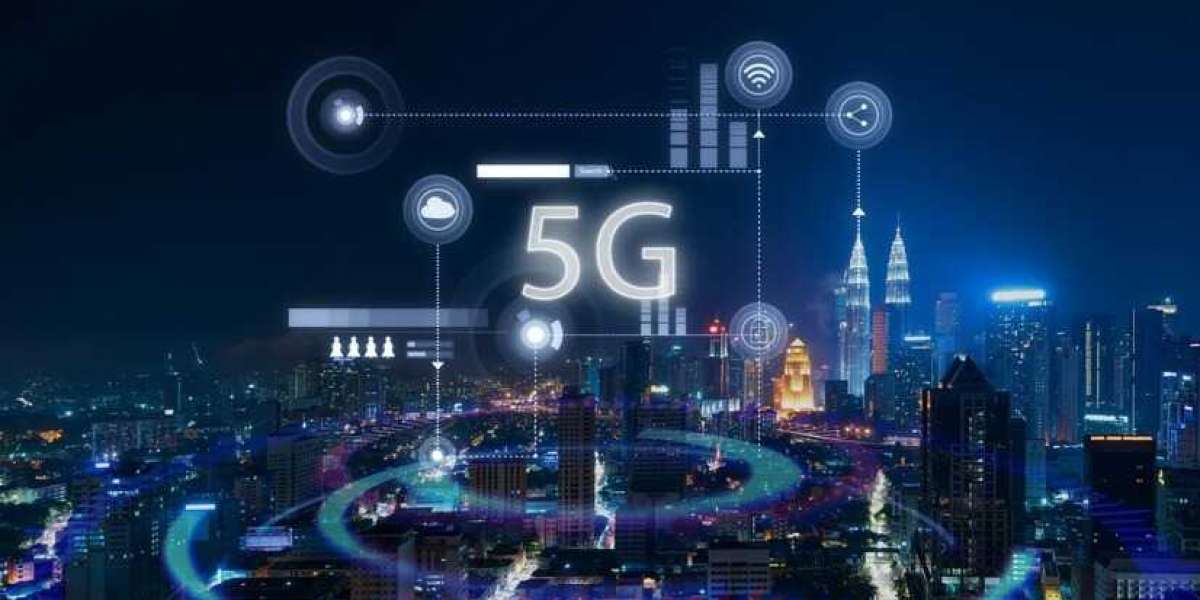We’ve all been there: kicking back with our feet up while watching Netflix on the big screen. It’s that pivotal moment in Brooklyn 99 where Jake makes the criminals sing the “I want it that way” song. Then, the unpleasant black screen with the text “BUFFERING” appears. It’s frustrating with a capital F whether you let loose with a few choice words or just watch calmly as the criminals sing on.

At some point, you check your connections and maybe even reboot your hardware in an attempt to fix the problem. All the while thinking, “My internet is soooo slow! I’ve checked everything — it’s got to be my internet provider’s problem.” — Sound familiar?
In today’s world, every device on the market seems to have Wi-Fi capability. Whether you’re aware of it or not, many of these devices are either always connected or set to automatically connect when you turn them on. The conclusion is: All these devices share your internet speed. At ease now though as new technology has been launched in most parts of the world.
What a potential multibillion-dollar industry with the new Fifth Generation Network! Did you know that 5G can deliver peak data rates of up to 20 Gigabits per second (Gbps) and average data rates of 100+ Megabits per second (Mbps)? This new standard is intended to deliver rates of up to 20 gigabits per second with a latency of less than one millisecond. This is ten to twenty times quicker than contemporary 4G LTE networks. That means you’ll be able to download a high-definition movie in under a second and use augmented reality to see real-time information about your surroundings.
“5G the new black,” they say. After 1G, 2G, 3G, and 4G networks, it is the new global wireless standard. 5G offers a new type of network capable of connecting nearly everyone and everything, including machines, objects, and gadgets. The latency of 5G is incredibly low, which implies that there is very little delay between when a user sends a request and when they receive a response.
The fifth technological revolution, or 5G, is expected to completely alter the Internet. This most recent wave will increase network speed and capacity to previously unheard-of levels, which will accelerate the development of both a digital society and all of the technologies that make it up, including big data, robotics, and artificial intelligence. The advancement of technology and infrastructure, as well as all the new domains made possible by the adoption of 5G, prepare the way for a brand-new, multibillion-dollar sector that will take the lead in the future.
5G is rapidly entering the mainstream: According to a GSA estimate, as of June 2022, approximately 70 nations had 5G networks, up from 38 in mid-2020. China and the United States are well ahead of other countries in terms of the 5G rollout, with a total of 652 cities where 5G is available. With active connections in 98 cities, the Philippines is the closest country in terms of 5G rollout.
Safaricom, Kenya’s leading mobile network operator, debuted its 5G network on March 1, 2021, following a year of testing the technology in four places across the country. The company has invested Ksh7.5 billion ($72.3 million) in Nairobi, Mombasa, Kisumu, and Nakuru to deploy 5G base stations. Tanzania is the latest African country to launch 5G services in September 2022. The country’s deployment of 5G services is part of the government’s larger ambition to develop the country’s digital economy. In addition to boosting mobile broadband coverage, the government is trying to improve internet access and digital infrastructure.
The Internet of Things is the first potential multibillion-dollar industry with a 5G network in 2022. (IoT). The Internet of Things (IoT) is a network of physical objects like cars, appliances, and other household products that can connect to one another and share data because they are equipped with electronics, software, sensors, and connectivity. A MarketsandMarkets analysis projects that by 2025, the IoT market would be valued at USD 1.6 trillion. In addition to the implementation of 5G networks, which will offer the high-speed and low-latency connectivity needed for IoT devices to operate effectively, this is due to the growing usage of IoT devices and sensors.
Today, many activities necessitate a dependable and quick internet connection. The internet as we know it will undergo a metamorphosis thanks to the next 5G network generation. When you have a broadband connection, you can browse the internet freely. You won’t have to worry about internet usage time limits with broadband internet. You can access the internet whenever and for whenever long you choose. Broadband internet gives a quick internet connection. Broadband internet allows you to send and receive data very quickly. This will allow you to download things faster and upload them to the internet in less time.
Is Your phone compatible with a 5G network? Navigate on your Phone Open the Settings app on your phone. Tap on Network and Internet, then tap on Mobile Network to see a list of network technologies under the “Preferred Network Type” option. If it has 5G capability, it will be listed as 2G/3G/4G/5G. To use 5G, a user needs to have a device that supports 5G, a carrier that supports 5G, and be in an area where a 5G node is within range.


